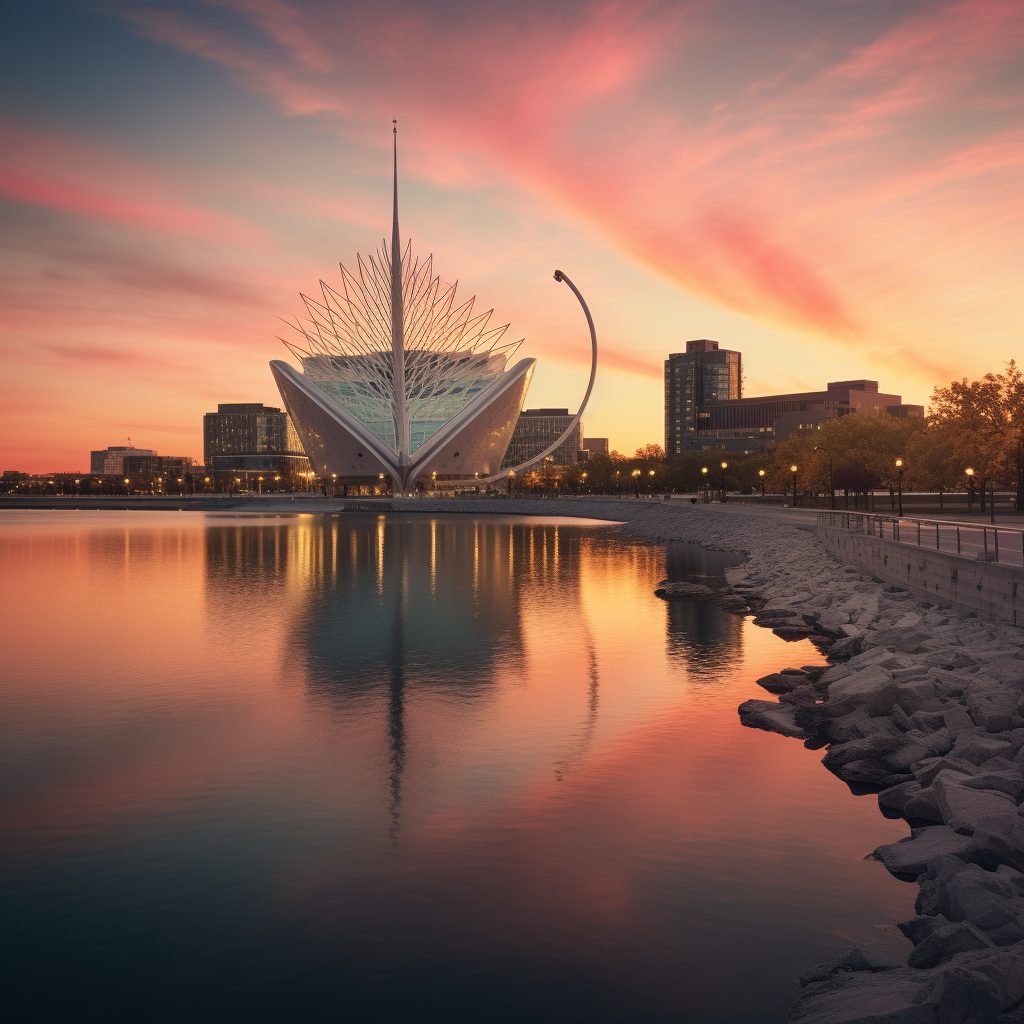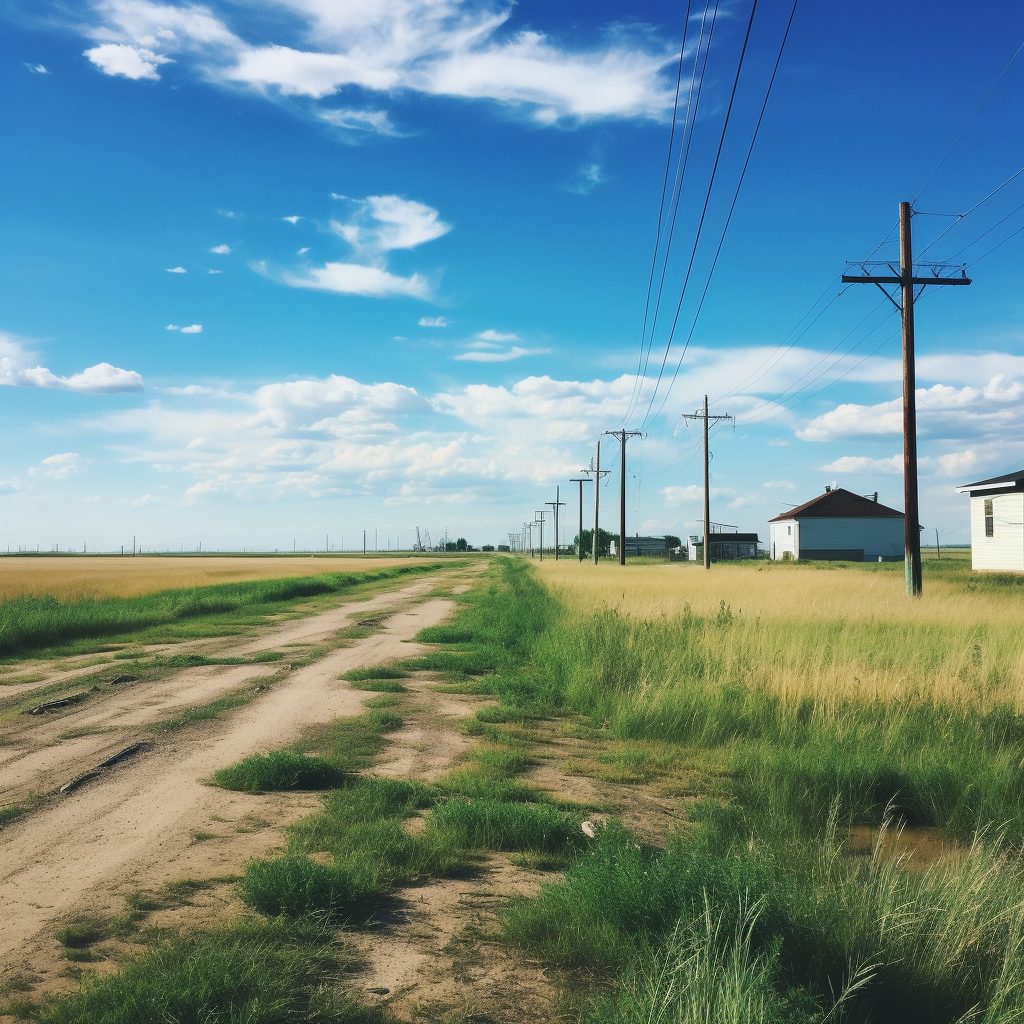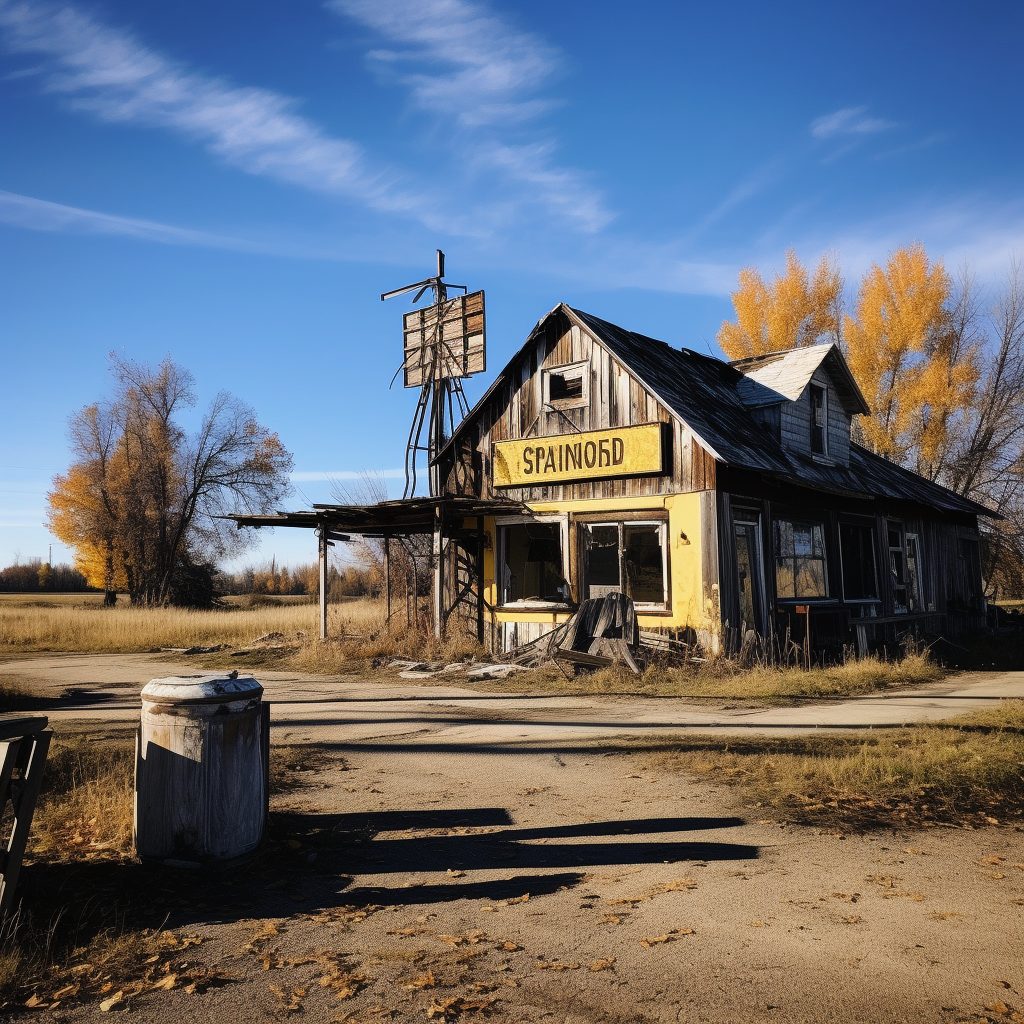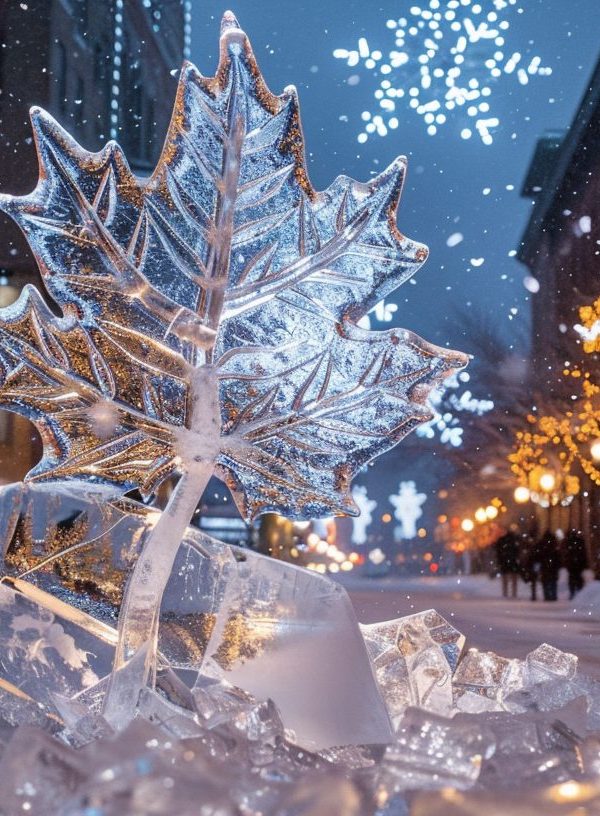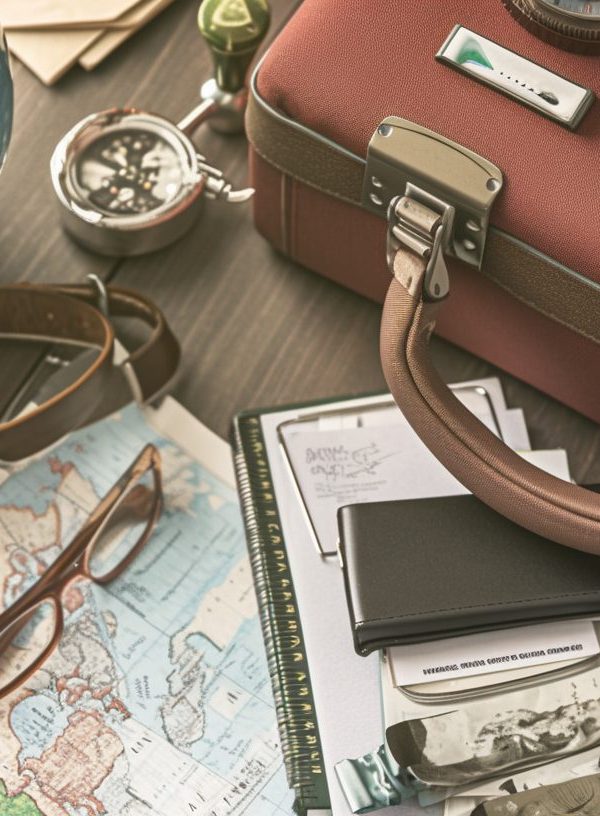Are you ready to immerse yourself in the rich history of French Manitoba?
In this article, we will explore the echoes of Montcalm, a region that tells the tale of a vibrant French community.
From the historical landmarks of forts and fur trade posts to the captivating museums showcasing Indigenous art, there is something for everyone.
Get ready to embark on outdoor adventures like hiking and canoeing, and join in the lively Francophone celebrations that make this region truly unique.
Introduction: French Manitoba History
French Manitoba’s history is deeply rooted in the cultural contributions and experiences of its French settlers.
The arrival of French settlers in Manitoba in the 17th and 18th centuries laid the foundation for the development of a vibrant and diverse community.
These settlers brought with them their language, traditions, and way of life, which greatly influenced the cultural landscape of the region.
One significant aspect of French Manitoba’s history is the development of Métis culture.
The Métis, who are of mixed Indigenous and European ancestry, emerged as a distinct cultural group in Manitoba, blending elements of French and Indigenous cultures.
Their unique identity and contributions to the region’s history are an important part of French Manitoba’s story.
Through their resilience and determination, the French settlers and the Métis played a crucial role in shaping the cultural fabric of Manitoba, leaving a lasting legacy that is still celebrated today.
Historical Landmarks: Forts and Fur Trade Posts
Explore the historical landmarks of forts and fur trade posts in Manitoba. Here, you can learn about the rich history and significance of these sites.
Forts and fur trade posts played a crucial role in the development of Manitoba. They served as important hubs along trade routes, strategically located to facilitate the exchange of goods between Indigenous communities and European traders.
These sites provided protection, acted as centers of commerce, and served as meeting places for various cultures. They were instrumental in shaping the economic and social landscape of the region. The fur trade, in particular, was a major industry that attracted settlers and contributed to the growth of Manitoba.
Today, these historical landmarks provide a window into the past. Visitors can appreciate the importance of forts and fur trade posts in Manitoba’s history.
Museums and Art Galleries: Indigenous Art
Immerse yourself in the vibrant world of Indigenous art at the museums and art galleries in Manitoba. Here, you can discover the rich cultural heritage and artistic expressions of the Indigenous peoples.
These institutions play a crucial role in showcasing and preserving Indigenous art. They ensure that it is represented and appreciated by a wide audience. Indigenous art represents a powerful form of cultural preservation, allowing Indigenous communities to maintain and pass on their traditions, stories, and values through visual representations.
Outdoor Activities: Hiking and Canoeing
You can experience the beauty of nature in Manitoba through hiking and canoeing. These activities offer opportunities to connect with the outdoors and enjoy the peacefulness of the wilderness.
Manitoba is home to a vast network of hiking trails that cater to all levels of experience, from novice to expert. Whether you prefer a leisurely stroll through a serene forest or a challenging ascent up a rugged mountain, there is a trail for you. Along these trails, you may encounter a variety of wildlife, including deer, moose, and even bears. It is important to remember to respect their space and observe from a safe distance.
Canoeing is another popular activity in Manitoba. It allows you to navigate through the province’s many lakes and rivers, giving you a unique perspective on the landscape. While canoeing, you may also have the opportunity to spot waterfowl, beavers, and other aquatic creatures.
Festivals and Events: Francophone Celebrations
The Francophone celebrations in Manitoba offer a glimpse into the vibrant culture and traditions of the French-speaking community. These festivals and events showcase the rich heritage of the Franco-Manitoban people, providing an opportunity to experience their unique customs and traditions.
One highlight of these celebrations is the French culinary delights that are often featured. From mouthwatering pastries to savory dishes, these delicacies tantalize the taste buds and reflect the French influence on Manitoba’s culinary scene.
Traditional music and dance also take center stage during these celebrations, with lively performances that showcase the vibrant spirit of the community. The rhythmic beats of traditional French music and the graceful movements of folk dances transport you to another time and place, immersing you in the beauty and joy of Franco-Manitoban culture.
Conclusion
In conclusion, Montcalm offers a plethora of attractions for history enthusiasts and outdoor enthusiasts alike. Its rich French Manitoba history is evident in the historical landmarks of forts and fur trade posts. Visitors can also explore captivating museums and art galleries showcasing indigenous art. Engaging in outdoor activities such as hiking and canoeing allows visitors to immerse themselves in the natural beauty of the region. Additionally, the vibrant festivals and events celebrating the Francophone culture add an extra element of excitement to the experience. Montcalm truly embodies the echoes of French Manitoba and is a must-visit destination for those seeking a blend of history, culture, and outdoor adventure.

